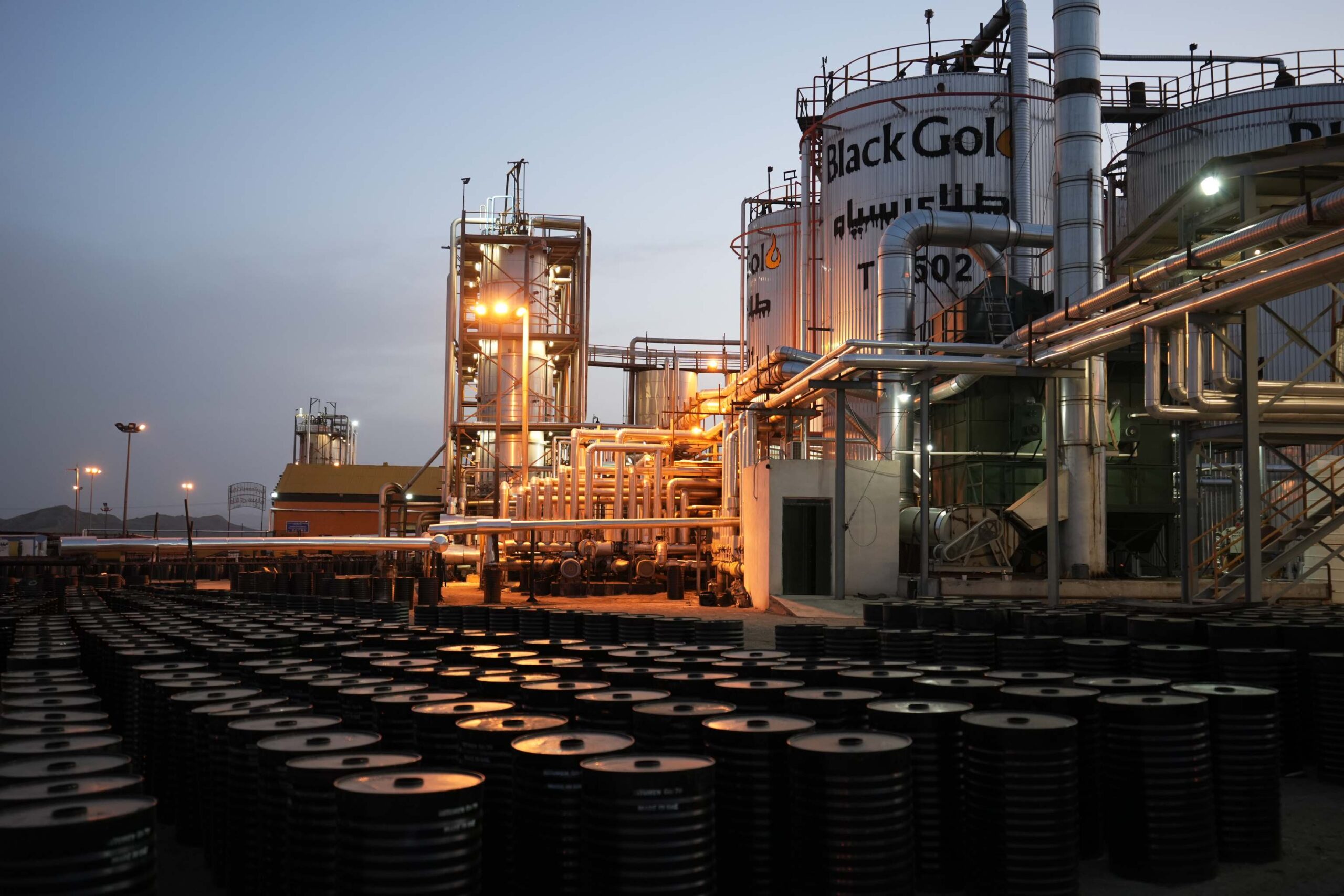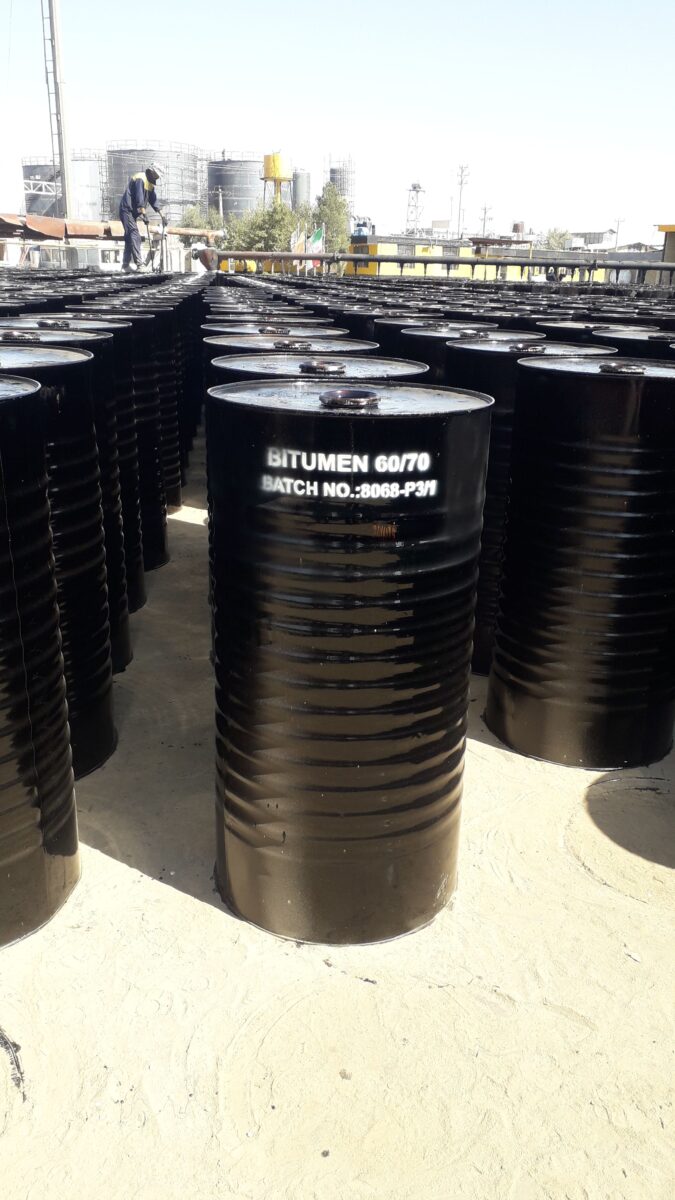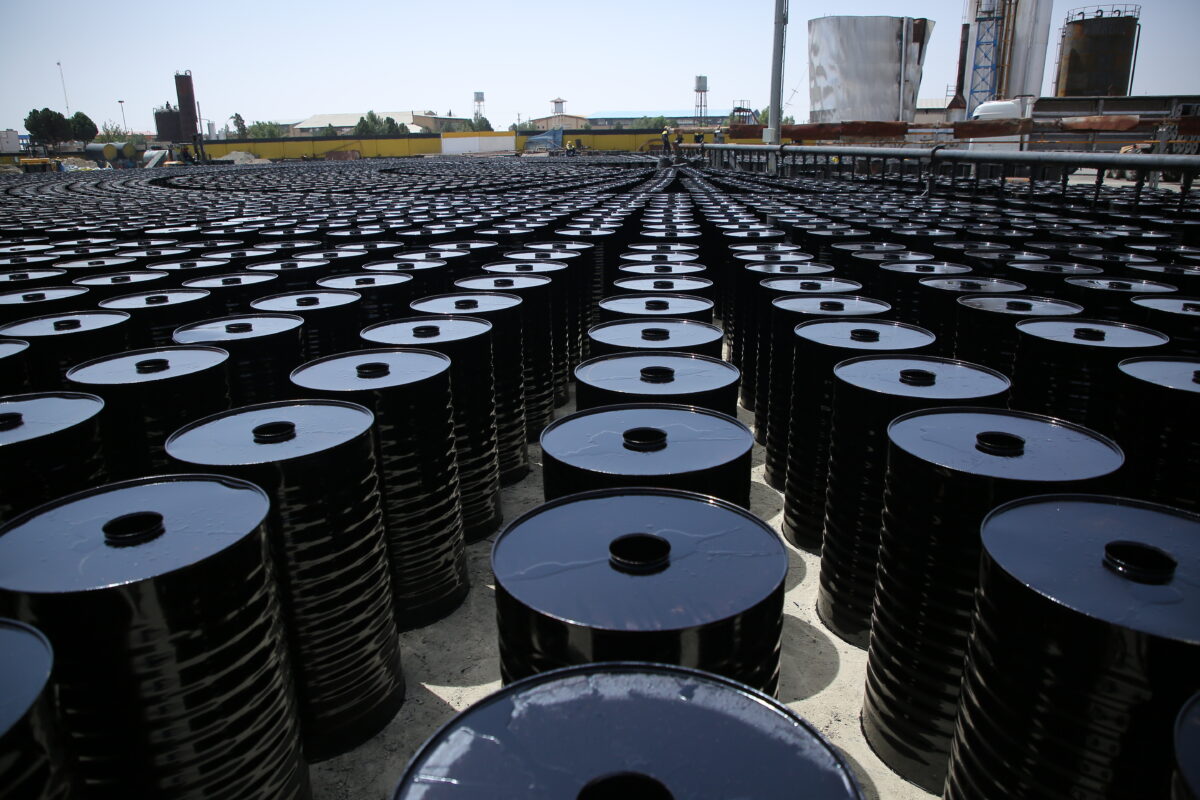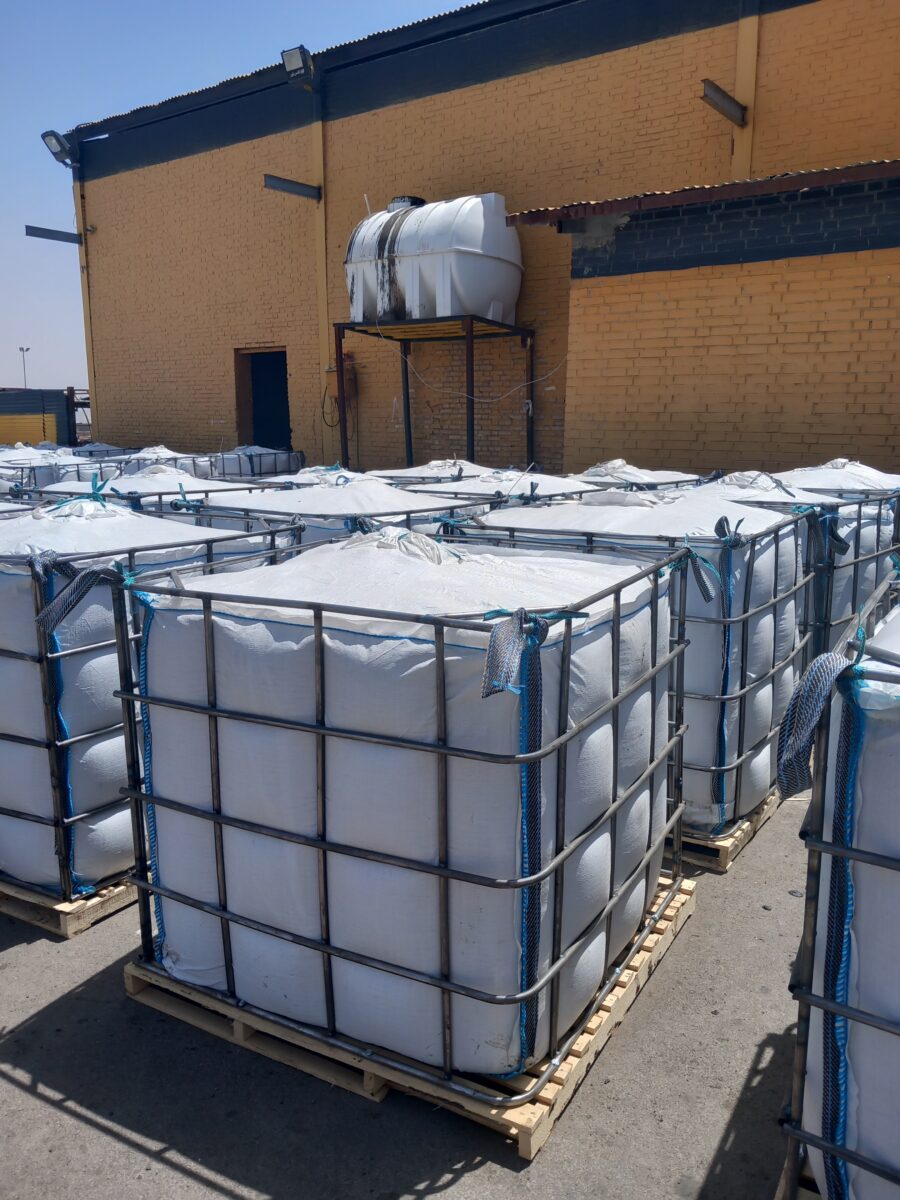
Bitumen Emulsion
Bitumen Emulsion is a modern and eco-friendly form of bitumen used in road construction, maintenance, and waterproofing. It is produced by dispersing bitumen in water with the aid of an emulsifying agent, resulting in a low-viscosity liquid that can be applied without the need for heating. This innovation allows for safer handling, reduced energy consumption, and easier application under various conditions—making it a preferred choice for sustainable infrastructure development.
At Black Gold Company, we provide high-performance bitumen emulsions engineered for versatility and environmental responsibility. Whether you’re working on surface dressing, prime coating, patch repairs, or waterproofing, our emulsions offer reliable bonding, fast setting times, and excellent workability. Designed for both urban and rural applications, our emulsions adapt to wet conditions and ensure strong adhesion even on damp surfaces.
Why Choose Black Gold for Bitumen Emulsion ?
With a deep commitment to innovation and sustainability, Black Gold formulates its bitumen emulsions to meet international quality standards while minimizing environmental impact. Our emulsions are easy to transport and store, require no heating, and significantly reduce the risk of fire or burns. Through rigorous quality control and advanced emulsifying technologies, we deliver products that offer high durability, quick curing, and exceptional performance across diverse climates and project types.




Applications of Bitumen Emulsions
Bitumen emulsions are widely used in a variety of construction and maintenance scenarios, offering flexibility and safety without compromising performance.
Patching and Maintenance: Ideal for cold mix repairs and quick road fixes without the need for hot equipment.
Prime and Tack Coats: Provides a strong bond between layers of asphalt, improving durability and longevity.
Surface Dressing: Enhances skid resistance and seals pavements against water ingress.
Waterproofing Works: Used on foundations, basements, and retaining walls to prevent moisture penetration.
Dust Suppression: Controls dust on unpaved roads and construction sites effectively.





